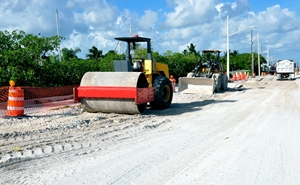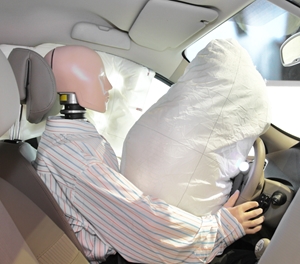 New South Wales’s ageing road infrastructure is an issue the state government is aware of and is actively upgrading. However, when it comes to safety, it often needs the assistance of the public to assess what is dangerous and needs to be fixed.
New South Wales’s ageing road infrastructure is an issue the state government is aware of and is actively upgrading. However, when it comes to safety, it often needs the assistance of the public to assess what is dangerous and needs to be fixed.
In the latest round of infrastructure upgrades, the government is inviting community members to submit their thoughts on the latest stage of the $48 million Bells Line of Road corridor improvement program.
 When purchasing a new car, choosing a safe vehicle for you and your family is very important. On NSW roads, 180 people have lost their lives this year. This is a 5 per cent increase on the number of fatalities at this stage last year.
When purchasing a new car, choosing a safe vehicle for you and your family is very important. On NSW roads, 180 people have lost their lives this year. This is a 5 per cent increase on the number of fatalities at this stage last year. As children are one of the most vulnerable parties during car accidents, it is imperative kids are buckled into their seats properly at all times. However, in recent times, more parents and caregivers are being caught with their children unrestrained or in an inappropriate car seat. Enter “We’re Counting on You”.
As children are one of the most vulnerable parties during car accidents, it is imperative kids are buckled into their seats properly at all times. However, in recent times, more parents and caregivers are being caught with their children unrestrained or in an inappropriate car seat. Enter “We’re Counting on You”.